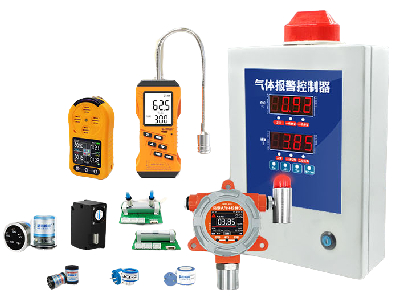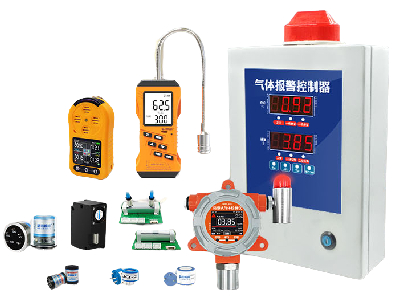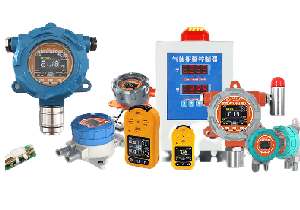
The Importance of Toxic Gas Sensors in Ensuring Safety
In this article, we will delve into the dangers of toxic gas and the important role of toxic gas sensors in mitigating these dangers.

In this article, we will delve into the dangers of toxic gas and the important role of toxic gas sensors in mitigating these dangers.
Toxic gas is a dangerous type of gas that can cause serious health complications if it is inhaled. With the widespread use of chemicals and gases in industrial settings, there is an ever-growing need to monitor the presence of toxic gases in the environment. Toxic gas sensors have proven to be an effective solution for detecting toxic gas leaks in industrial and domestic settings. In this article, we will delve into the dangers of toxic gas and the important role of toxic gas sensors in mitigating these dangers.

Toxic gas refers to any gas that has the potential to cause harm when inhaled or exposed to human beings. Toxic gases are a product of various industrial processes, such as the production of chemicals, refining petroleum, or burning fossil fuels. Exposure to toxic gases can lead to a range of health problems, including respiratory problems, headaches, dizziness, and in severe cases, death.
Toxic gases are harmful for a variety of reasons. Firstly, most toxic gases are odorless and colorless, which makes them hard to detect unless you have specialized equipment. Secondly, toxic gases are usually heavier than air, which means they tend to accumulate near the ground, making them extremely dangerous in enclosed spaces like basements or underground mining tunnels.
Toxic gas sensors are electronic devices that detect the presence of toxic gases in the environment. These sensors work by measuring the concentration of gas in the air and alerting the user if the levels exceed the safety limits. They are used in a variety of industrial and domestic settings, including factories, laboratories, and homes.
In industrial settings, toxic gas sensors are crucial for worker safety. Most factories and production facilities utilize toxic chemicals in their manufacturing processes, which makes the environment highly hazardous. Toxic gas sensors can detect the presence of toxic gases, alerting workers and management to evacuate the area or implement safety measures.
In the home setting, toxic gas sensors are also essential for protecting the occupants from carbon monoxide poisoning. Carbon monoxide is a colorless and odorless gas that is produced by the incomplete combustion of fossil fuels like coal, wood, and natural gas. Carbon monoxide poisoning can cause headaches, nausea, and fatigue, and in severe cases, it can lead to death. Toxic gas sensors can detect the presence of carbon monoxide and other toxic gases, alerting the occupants of the home to potential dangers.

There are various types of toxic gas sensors available in the market today, each with its own unique advantages and disadvantages. Here are some of the most common types of toxic gas sensors:
Electrochemical sensors: These sensors use electrodes to detect the presence of toxic gases. They are relatively inexpensive and are commonly used in domestic settings.
Infrared sensors: These sensors use infrared light to detect the presence of toxic gases. They are highly accurate but are often more expensive than other types of sensors.
Solid-state sensors: These sensors use a solid-state material like metal oxide or conducting polymer to detect the presence of toxic gases. They are highly sensitive and can detect multiple gases at once.
Catalytic sensors: These sensors use a catalyst to trigger a chemical reaction between the toxic gas and oxygen. The reaction generates heat, which is detected by the sensor. They are primarily used for detecting combustible gases like methane and propane.
Toxic gas is a serious threat to human health and safety, but through the use of toxic gas sensors, we can mitigate these dangers. Toxic gas sensors are an essential tool for ensuring worker safety in industrial settings and for protecting our families in our homes. With advancements in sensor technology, we can continue to improve the accuracy and sensitivity of toxic gas sensors, making them even more effective in identifying hazards and preventing accidents. By investing in toxic gas sensors, we can create a safer and healthier environment for all.